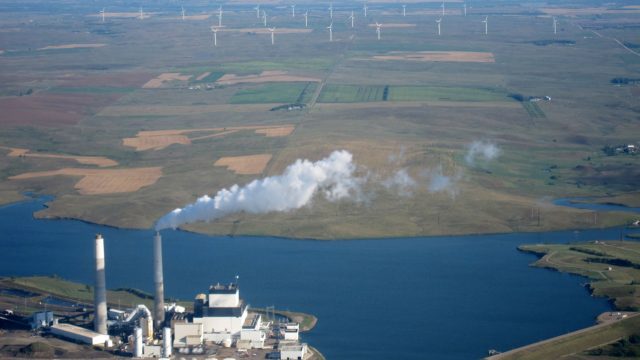Why Does The EPA Hate Poor People?

The State of North Dakota filed suit against the federal government over the draconian emissions reductions mandated by the Obama administration’s Clean Power Plan the same day that regulation was listed in the federal register. But as that litigation goes forward the state still must treat the regulation as though it were law.
To that end, the state Department of Health is scrambling to create an alternative reduction plan that is more manageable for the state. Because as the federal regulations stand, North Dakotans could see a big bump in what energy costs. So much so that one statewide elected official says it may necessitate energy subsidies for lower income citizens:
The federal rule would require North Dakota power plant operators to reduce carbon dioxide emissions by 45 percent by 2030 when compared with 2012 levels.
Achieving that would cost $375 million a year, or about $50 per North Dakota resident each month, said Public Service Commissioner Randy Christmann, using the EPA’s estimates on the cost to comply.
“Low-income people are going to need some kind of a subsidy,” Christmann said.
That’s a dramatic impact, and it would hurt North Dakota’s economy beyond simply diverting more household incomes to utility bills.
North Dakota can be a tough sell at times when it comes to attracting businesses and citizens. Prior to the oil boom, the state’s long-term population trend was best described with words like “aging” and “declining.” But one thing the state has always had going for it is relatively cheap energy. An abundance of cheap lignite coal meets not only most of the state’s energy needs, but also contributes to a robust industry in exporting energy.
But the coal companies are in the crosshairs of the Clean Energy Plan. If the Obama administration gets its way, not only would North Dakotans be paying more for utilities, but one of our state’s key selling points to businesses looking to move here would be diminished if not outright eliminated.




